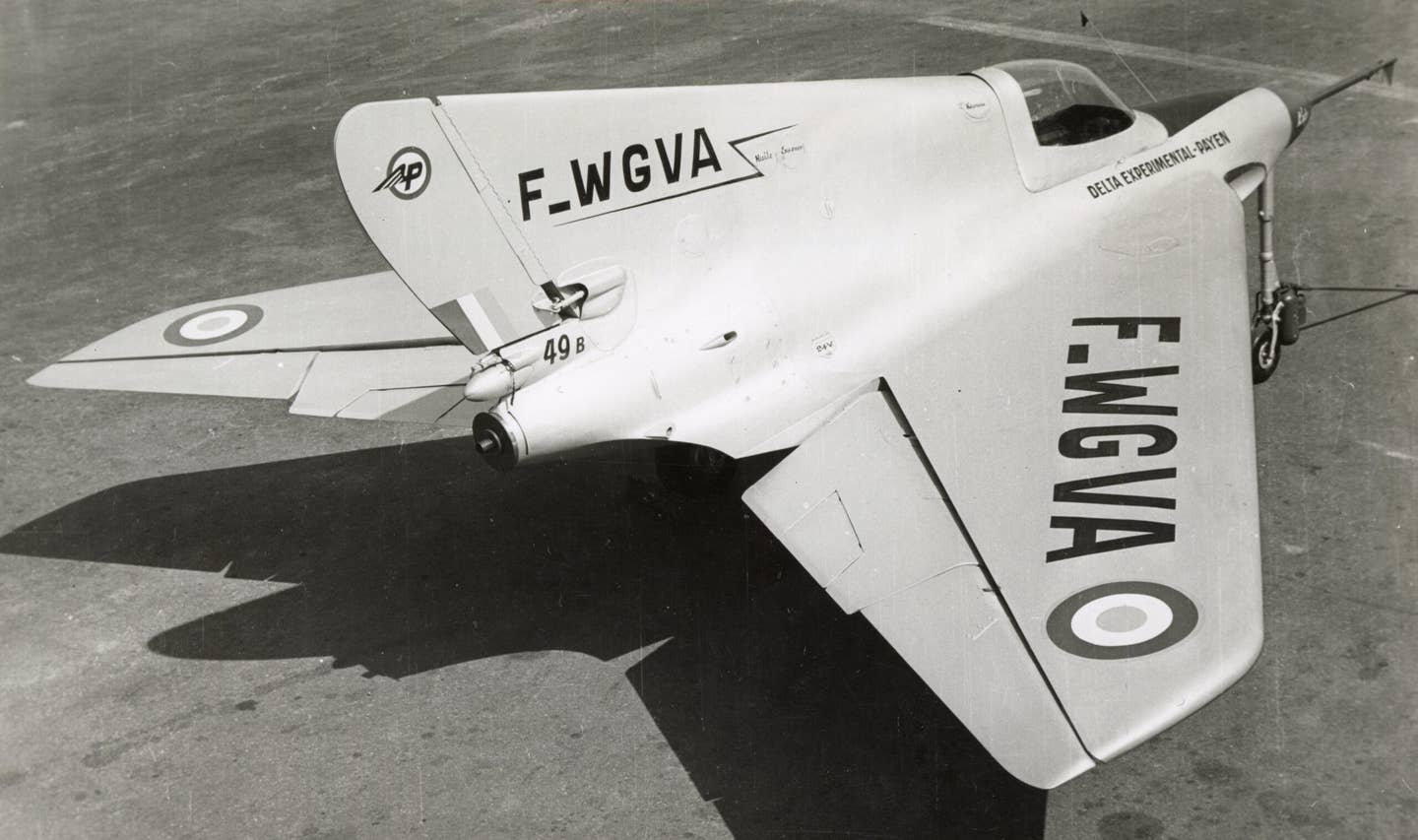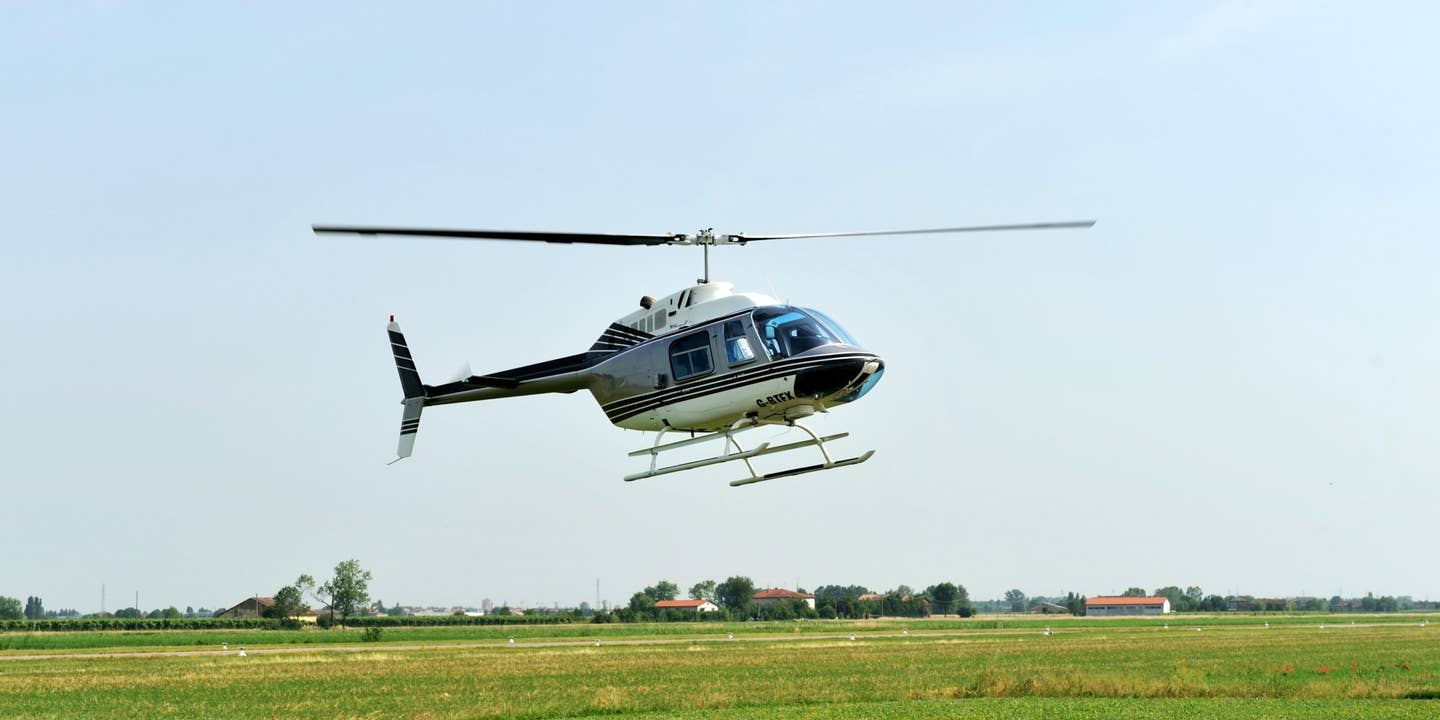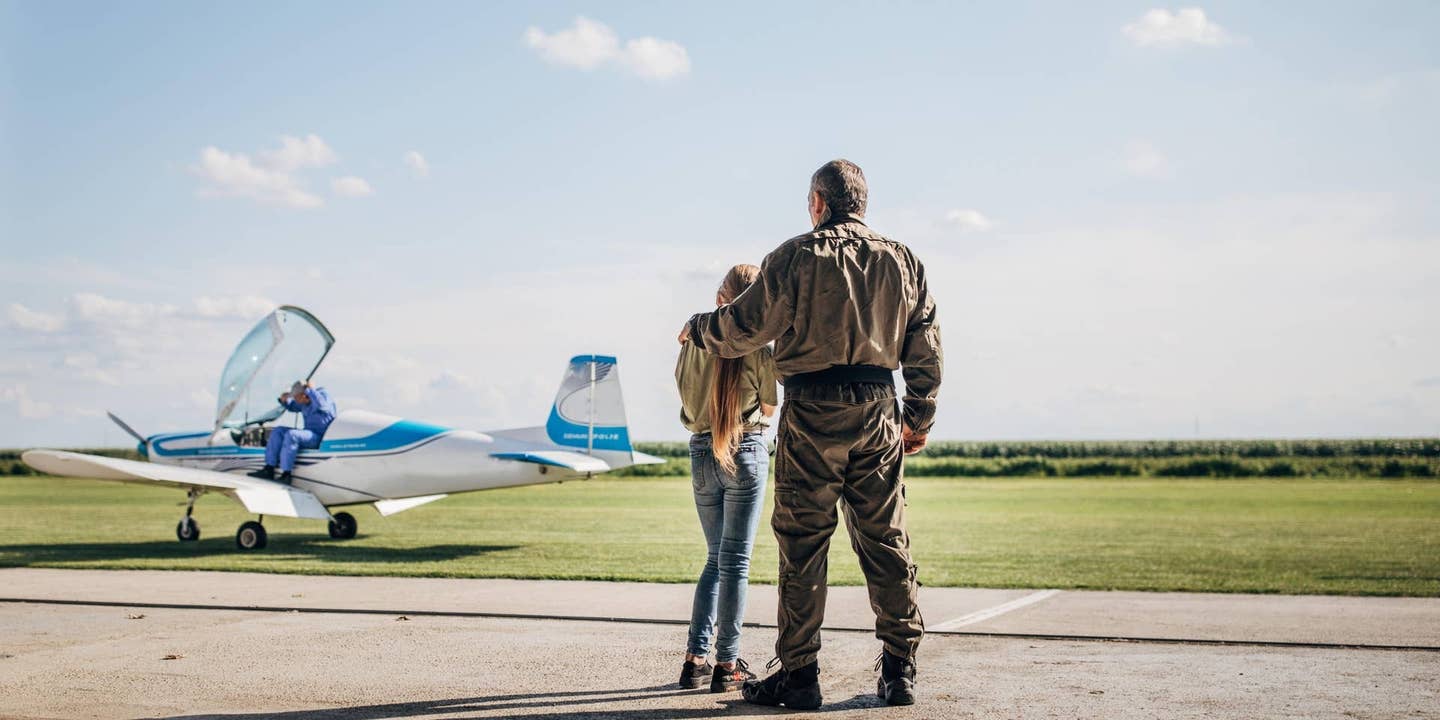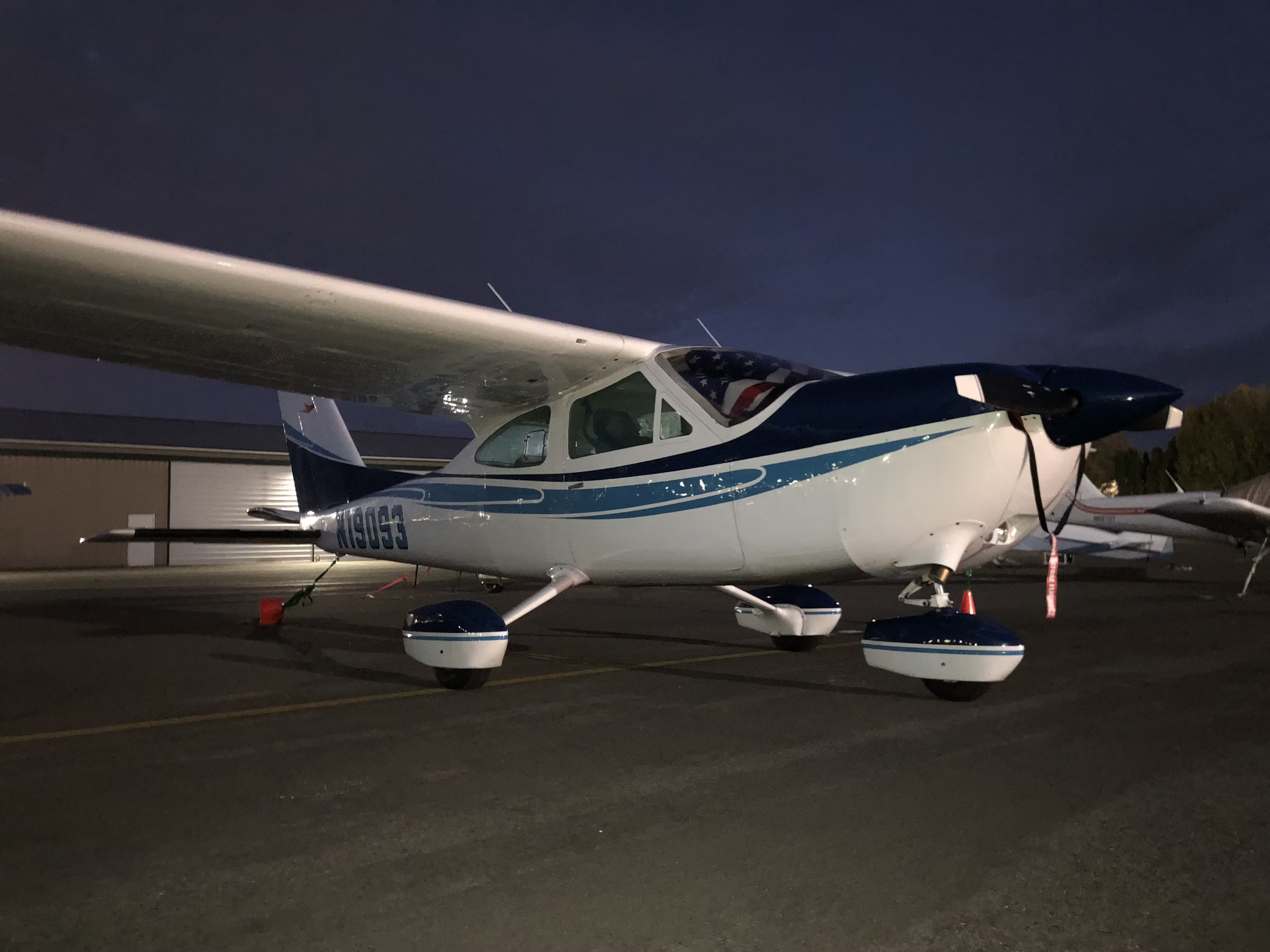Payen Pa-49 Katy Remains a Study in Aircraft Minimalism
With a delta wing, jet engine, fixed gear, wooden structure, and less thrust than a Cessna 172, the bizarre combination of specifications is shared with no other aircraft.

While the Pa-49’s inboard elevators and outboard ailerons functioned separately, the rudder doubled as a speedbrake. [Credit: J. Harvard]
If you’ve ever played the aviation version of 20 Questions with your friends, where they ask yes/no questions to determine the aircraft type you have in mind, give the Payen Pa-49 Katy a shot. With a delta wing, jet engine, fixed gear, wooden structure, and less thrust than a Cessna 172, the bizarre combination of specifications is shared with no other aircraft, and it’s doubtful anyone would ever arrive at the correct guess.
The Katy was designed by French aerospace engineer Roland Payen in the early 1950s. Reportedly named after his youngest daughter, it first flew in 1954 and progressed through a comprehensive test program to evaluate the performance of its tailless delta-wing configuration through 1958.
The testing was the culmination of Payen’s legacy of delta-wing design, which began in the early 1930s. His initial designs were piston powered and propeller driven. Most also integrated canards (or forward wings) to maintain positive pitch control while he gained knowledge and experience about delta wings in general and tailless delta wings in particular.
Standing only 8 feet tall and with a wingspan of only 16 feet, 9 inches—roughly half that of a Cessna 150—the Katy’s tiny size is more evident in person than in photographs. At only 1,008 pounds empty and 1,433 pounds fully loaded, the weight is correspondingly minuscule. Overall, the aircraft was a study of minimalism, utilizing the smallest structure and jet engine necessary to carry a pilot and evaluate the delta wing.
Payen chose the Turbomeca Palas turbojet engine to power the Katy. Weighing only 159 pounds and producing approximately 330 pounds of thrust, it drew air in through dual intakes at the junction of the wing’s leading edge and fuselage. It also returned a thrust-to-weight ratio that was equivalent to a 172 with half tanks and a 150-pound pilot on board. Not overly powerful, particularly when asked to contend with the large amount of induced drag generated by the delta wing at high angles of attack.
But raw performance wasn’t the goal—testing and evaluation were. This was further reflected by the endurance of just over one hour, which was entirely sufficient for short test flights. It was also sufficient for flights to various airshows and industry expositions, where the aircraft was photographed on several occasions, both on static display and in flight.
There, visitors could examine the novel flight control surface arrangement. Along the trailing edge of the wing, elevators and ailerons functioned immediately alongside one another, and the vertical stabilizer was split, doubling as a speedbrake.
In every way, the Katy had evolved significantly from Payen’s earlier aircraft designs. Indeed, even with the tiny engine, it could cruise at 220 mph and had a maximum speed of 310 mph— respectable figures, given the low thrust and fixed landing gear. One publication from the 1950s reported a “landing speed”—presumably the speed at which the aircraft touches down—of only 43 mph.
While retractable gear was planned as a future modification, the test program came to an end in 1958. Fortunately, the Katy survived 300 test flights unscathed, and Payen ultimately donated it to the Musée de l'Air et de l'Espace in Paris, where it remains on display today.
Top-Selling Aviation Gear in January
See what FLYING readers purchased for their aircraft in January 2025:

Sign-up for newsletters & special offers!
Get the latest FLYING stories & special offers delivered directly to your inbox






